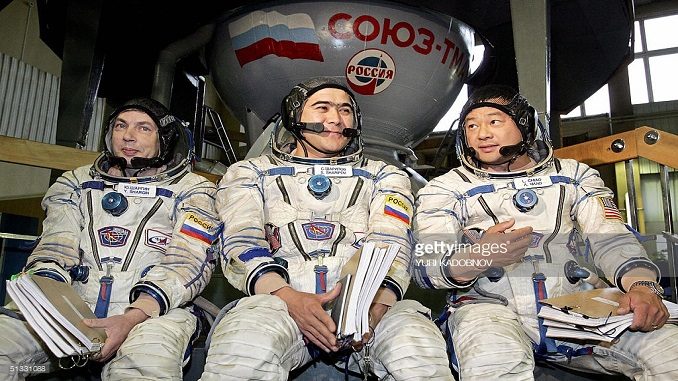
Government experts from 25 countries have opened a meeting to look at ways of preventing an arms race in space, amid uncertainty whether some of the world’s biggest powers will actually find it in their national interests, AP reported.
The informal, closed-door talks over two weeks starting Monday at the United Nations in Geneva will test the level of goodwill among key powers including Britain, China, France, Russia and the United States. The Trump administration has also touted its plans for a “Space Force.”
The group’s chairman, Ambassador Guilherme de Aguiar Patriota of Brazil, said the meeting aims to reach a basic consensus on a list of elements that could one day be part of a possible agreement on space. He acknowledged that aiming for a treaty within the next decade would be “very ambitious.”
According to Space News, an Air Force analysis of U.S. Space Force costs says investments will be needed in people, training and infrastructure to prevail in a strategic competition against China and Russia.
Acting Defense Secretary Patrick Shanahan has insisted that his plan pares the new service down to the bare essentials, keeping the cost to about $2 billion over five years and minimizing bureaucratic bloat by placing the new branch inside the Department of the Air Force. The Pentagon also assumes that most of the resources for the Space Force — including 15,000 military and civilian space professionals that would make up the new branch — already exist in the Air Force, the Army and the Navy.
An internal Air Force white paper drafted last fall at the direction of Secretary Heather Wilson, however, warns that U.S. space forces today are inadequately resourced for the strategic competition that the United States faces in space, which suggests the Pentagon might be underestimating the cost of building a military space branch that is properly trained and equipped for this challenge.
The October 2018 paper on Space Force, “Projected Costs, Facts and Assumptions,” argues that the strategic competition with China and Russia will require the Pentagon to invest in people, training, infrastructure and technologies that don’t exist today. The paper, which was reviewed by SpaceNews, details the analysis that backs up the $13 billion cost estimate over five years that Wilson floated in September, which included the costs for a separate Space Force department and U.S. Space Command.




Be the first to comment